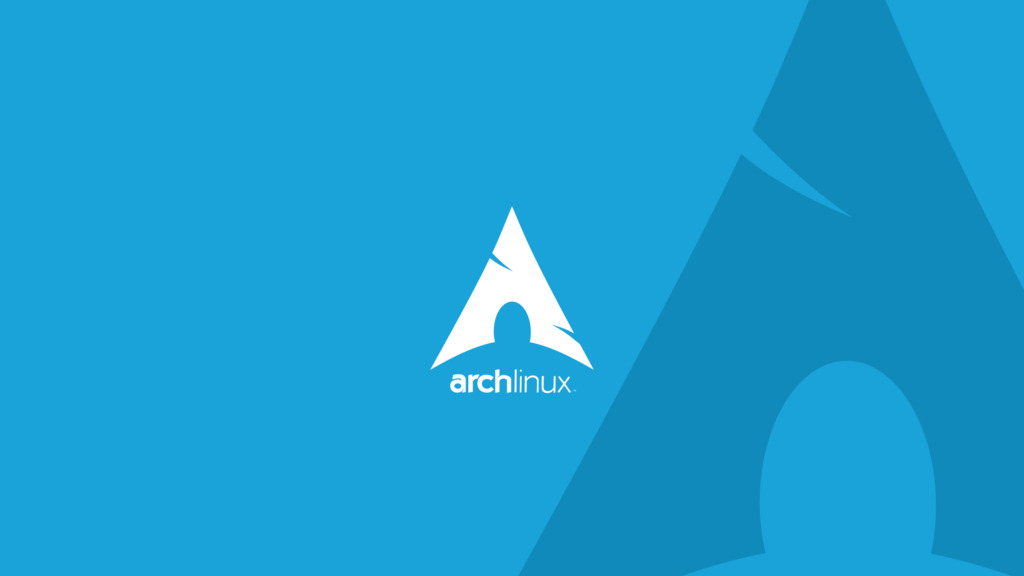In the Linux world, one of the most exciting and forward-thinking developments in 2024 has been the collaboration between Arch Linux and Valve. This partnership, revealed in September 2024, marks a major milestone for Linux gaming, with the potential to strengthen both the operating system’s foothold in the gaming industry and its position as a general-purpose desktop platform. Arch Linux, known for its minimalistic design, rolling release system, and customization potential, has long been a favorite among power users and developers. Valve, on the other hand, has been at the forefront of pushing Linux as a gaming platform, thanks to its work on Proton and the Steam Deck.
This collaboration has created significant excitement in the open-source community. It’s seen as a natural evolution of Valve’s long-standing efforts to improve Linux gaming, but now with deeper involvement in an established Linux distribution like Arch. In this article, we’ll explore the details of this collaboration, its impact on Linux gaming, and what it could mean for the future of the Linux ecosystem.
Valve’s Commitment to Linux: A Brief Background
Valve’s involvement with Linux goes back several years, but it became particularly notable in 2013 when the company launched SteamOS, a Linux-based operating system designed to run Steam’s gaming platform. At the time, SteamOS was based on Debian, another popular Linux distribution. However, the real game-changer came with the Steam Deck, a handheld gaming device released in 2022. The Steam Deck runs on a version of SteamOS based on Arch Linux, taking advantage of its rolling release model to keep the system up to date with the latest software and drivers.
Valve’s Proton project has been another pillar of its Linux push. Proton is a compatibility layer that allows Windows games to run on Linux, translating DirectX calls into Vulkan, a cross-platform graphics API. This has been crucial for expanding the library of games available on Linux, and its integration with Steam has made Linux gaming more accessible than ever before.
Valve’s efforts to optimize the gaming experience on Linux have led to several improvements in graphics drivers and other essential components. Now, with its partnership with Arch Linux, Valve is doubling down on its commitment to open-source software and Linux gaming.
Why Arch Linux?
Arch Linux may seem like an unusual choice for Valve’s collaboration, given its reputation for being a DIY operating system that requires users to build their system from the ground up. However, Arch’s rolling release model is perfect for a platform like Steam Deck, which needs to stay on the cutting edge of software and driver updates. This ensures that the system always has the latest performance optimizations and bug fixes, something essential for a gaming device.
Arch’s lightweight and customizable nature also means that it can be tailored to meet the specific needs of Valve’s gaming ecosystem. The distribution’s Pacman package manager makes it easy to install and update software, and its AUR (Arch User Repository) provides access to a vast range of community-contributed packages, which can be useful for both developers and gamers looking for specialized software.
Moreover, the Arch Linux community is known for its technical expertise and active involvement in development. By partnering with Arch, Valve gains access to a knowledgeable user base that can contribute to testing, bug reports, and feature suggestions, helping to drive further innovation.
Key Objectives of the Collaboration
The collaboration between Arch Linux and Valve has a few key objectives:
- Improving Package Updates for Gaming: One of the main goals of this partnership is to streamline the process of delivering updates to users. This involves improving the speed and reliability of package updates, ensuring that gamers using Arch Linux or the Steam Deck have access to the latest drivers, libraries, and optimizations as soon as they become available. Valve’s expertise in gaming-related technologies, such as Proton and graphics drivers, will be instrumental in achieving this.
- Optimizing Gaming Performance: Valve has already made significant contributions to improving Linux’s gaming performance, particularly with regard to graphics drivers and compatibility layers. With this collaboration, the aim is to further optimize performance on Arch Linux, making it one of the most gaming-friendly distributions available. This includes enhancements to Proton, Vulkan, and KDE, all of which are essential components of the Linux gaming experience.
- Enhancing the Steam Deck Experience: The Steam Deck has been a massive success for Valve, and its reliance on Arch Linux means that this collaboration is directly tied to improving the user experience on the device. With Arch Linux, Valve can ensure that the Steam Deck stays up to date with the latest software and driver improvements, providing users with a seamless and high-performance gaming experience.
- Encouraging Open-Source Development: Valve has a history of supporting open-source projects, and this collaboration is no different. By working closely with the Arch Linux community, Valve is encouraging open development practices, where discussions and planning happen in public forums such as mailing lists and GitLab repositories. This transparency allows users to follow the progress of the collaboration and even contribute their own code and ideas.
The Impact on Linux Gaming
The most obvious impact of this collaboration is on Linux gaming. Linux has long been seen as an underdog in the gaming world, with the majority of PC games being developed for Windows. However, thanks to Proton and the Steam Deck, Linux has been steadily gaining ground. This partnership with Arch Linux could accelerate that growth.
One of the challenges that Linux gaming has faced is the fragmented nature of the Linux ecosystem. There are hundreds of different Linux distributions, each with its own package management system and libraries. This can make it difficult for game developers to ensure that their games run smoothly on all distributions. By focusing on Arch Linux, Valve can help to standardize some aspects of the Linux gaming experience, making it easier for developers to target a specific platform.
Moreover, Arch Linux’s rolling release model ensures that users always have access to the latest software, which is particularly important for gaming. New graphics drivers, kernel updates, and gaming optimizations are released frequently, and the rolling release model allows these updates to be delivered to users as soon as they are available. This is in contrast to distributions with fixed release cycles, where users may have to wait months or even years to receive the latest software.
The improvements to Proton and Vulkan that will come out of this collaboration will likely lead to better performance in games, especially for titles that rely heavily on graphics. These improvements could also benefit the broader Linux ecosystem, as other distributions will be able to take advantage of the optimizations developed through this partnership.
Challenges and Potential Pitfalls
While the Arch Linux and Valve collaboration is undoubtedly exciting, there are some challenges that need to be addressed. One potential issue is the complexity of Arch Linux itself. While Arch is a powerful and flexible distribution, it’s not the easiest to use, particularly for newcomers to Linux. Valve will need to find a way to balance the advanced nature of Arch with the need to provide a user-friendly experience, particularly on the Steam Deck, which is aimed at a broader audience.
Another challenge is the issue of fragmentation within the Linux ecosystem. While Arch Linux is a great choice for the Steam Deck, it’s just one of many Linux distributions. If Valve focuses too heavily on Arch, it risks alienating users of other distributions, such as Ubuntu or Fedora. To mitigate this, Valve will need to ensure that its work on Arch is transferable to other distributions, either through collaboration with other Linux communities or by maintaining compatibility with key gaming technologies like Proton.
The Future of Linux Gaming
The Arch Linux and Valve collaboration represents a significant step forward for Linux gaming. By working together, Arch Linux and Valve can bring a more cohesive and optimized gaming experience to Linux users, particularly those on the Steam Deck. This partnership also has the potential to attract more game developers to the Linux platform, as the improved performance and streamlined updates make it a more viable option for gaming.
For the broader Linux community, this collaboration is a testament to the power of open-source development. By combining the resources and expertise of Valve with the technical prowess of the Arch Linux community, this partnership could lead to innovations that benefit not just gamers, but all Linux users.
In conclusion, the collaboration between Arch Linux and Valve is a win-win for both organizations and for the Linux ecosystem as a whole. As the partnership evolves, it will be exciting to see how it shapes the future of Linux gaming and whether it can help Linux achieve greater mainstream success as a gaming platform.







Leave a Reply